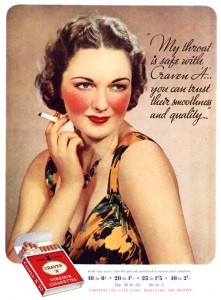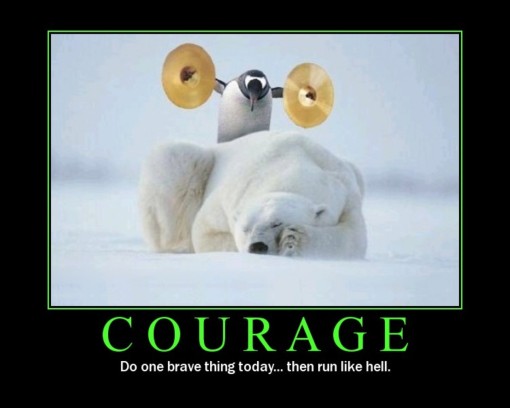A recent blog post by Brian Solis calls out a systemic issue we are faced with every day as marketers – the issue of understanding consumers. Brian points to a serious lack of understanding that brands have for the context in which their consumers live.
 You see folks, there once was a time when businesses believed that they were in business because they had a product – not necessarily because there was a market for this product. And, there once was a time, only shortly after businesses believed their product was enough, that marketing was called upon to cater to the people who consumed. But, what catering to the consumer meant – at least at that time – was to put pretty pictures and nifty words on a poster and hope it would make people want the product.
You see folks, there once was a time when businesses believed that they were in business because they had a product – not necessarily because there was a market for this product. And, there once was a time, only shortly after businesses believed their product was enough, that marketing was called upon to cater to the people who consumed. But, what catering to the consumer meant – at least at that time – was to put pretty pictures and nifty words on a poster and hope it would make people want the product.
The issue with this approach was that brands would broadcast to their consumers all the things they thought their consumers wanted to see and hear.
Now, with the advent of social media platforms and quick adoption rates, marketers, businesses and brands rejoice. There is a direct view to the consumer and more of what “we think they want”. This plethora of information has been taken in and more than one brand is taking the opportunity to talk to their consumer. But that’s the problem, isnt’t it? The dialogue isn’t really dialogue.
I recently gave a presentation at Social Media Masters in Toronto. The premise of my presentation was to share that brands must become human again. We, as marketers and business owners, must allow brands to become human again. Taking notice of the social media chatter is only one part… It empowers us to better understand the context in which our consumers live, but it also gives us the opportunity to see the type of content that genuinely engages them. It is this engagement that gets us one step closer to real dialogue. And real dialogue is the beginning of creating human brands.

 Recently, I was offered a box of #
Recently, I was offered a box of # Courage. Now, there’s a word not often used in marketing – though often used in business. We call leaders courageous when they make unpopular decisions, usually internally, that change process significantly enough to create a turnaround. Perhaps to drive costs down, perhaps to drive morale up – but always to make a significant change. In marketing, in my humble opinion, courage is the ability to very clearly identify, select and stick with a target audience.
Courage. Now, there’s a word not often used in marketing – though often used in business. We call leaders courageous when they make unpopular decisions, usually internally, that change process significantly enough to create a turnaround. Perhaps to drive costs down, perhaps to drive morale up – but always to make a significant change. In marketing, in my humble opinion, courage is the ability to very clearly identify, select and stick with a target audience.
